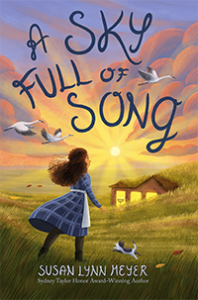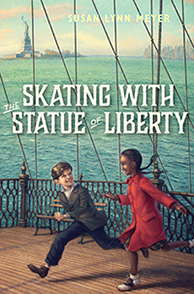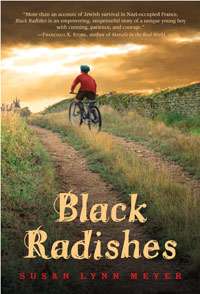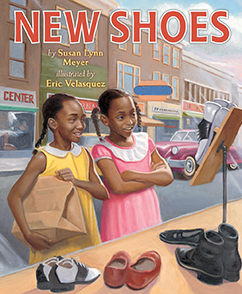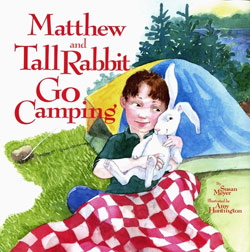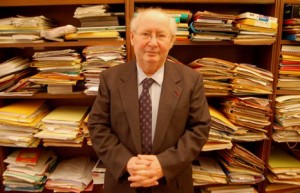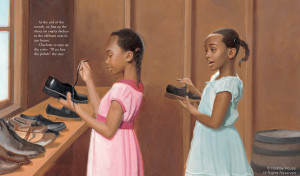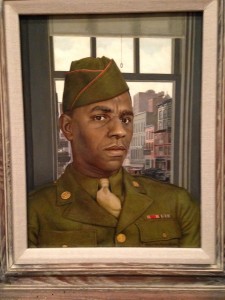For Readers of Skating with the Statue of Liberty: September Rose’s Father
Sometimes, when you write fiction, something odd occurs. Out of the blue, it feels as if your work has become real.
This has happened to me twice before. Once was after I had finished writing my first novel, Black Radishes. I was in the library and I picked up a book cataloguing the Jewish children deported from France during World War II. For some reason, I felt impelled to look up the names of the Jewish children who are characters in my novel. I looked up Gustave Becker’s name, and I was relieved to find that it was not there. Then I looked up Gustave’s best friend, Marcel Landau, the one he worries so much about–and I was shocked to find that there he was. It was deeply unsettling and dismaying to learn that a real boy with this name had been targeted by the Nazis.
Then a little over a year ago, after my picture book, New Shoes, came out, I got a Facebook “friend request” from a lady with an unfamiliar name. Her profile picture was the cover of my book. Surprised, I clicked on her name to find out more about her–and she turned out to be the mother of the real girl who posed for the paintings of Ella Mae! And she had posed for the paintings of Ella Mae’s mother!
That was an altogether happy and wonderful feeling! Seeing them in present-day clothes, and getting to know them a little bit through Facebook, made it seem l as if my book had come miraculously to life!
Now it has happened for the third time.
Look whose face appears in a painting in the Harvard University Art Museum! Seeing that painting, I felt as if I were looking right at September Rose’s father from my novel, Skating with the Statue of Liberty.
The painting, by Robert Smullyan Sloan, is titled “Negro Soldier, 1945.” The plaque next to it on the wall identifies the street scene behind him as 125th Street in Harlem.
125th Street appears in Skating with the Statue of Liberty. That’s where September Rose and Gustave go to spy on Alan and the other Double V group members as they protest the fact that black people aren’t being hired to work at a department store in Harlem. When I saw that face in the painting, I felt as if I had found out for sure that September Rose’s father has come home safely from World War II. I was relieved to know that.
But what do you think the man in the painting is thinking? Does he seem happy to be home in America, to be back in New York City?
I wonder what he has seen during the war. I wonder if there is a good job for him, out there in the city.
He has fought for Victory abroad. Will there be Victory at home for him?
